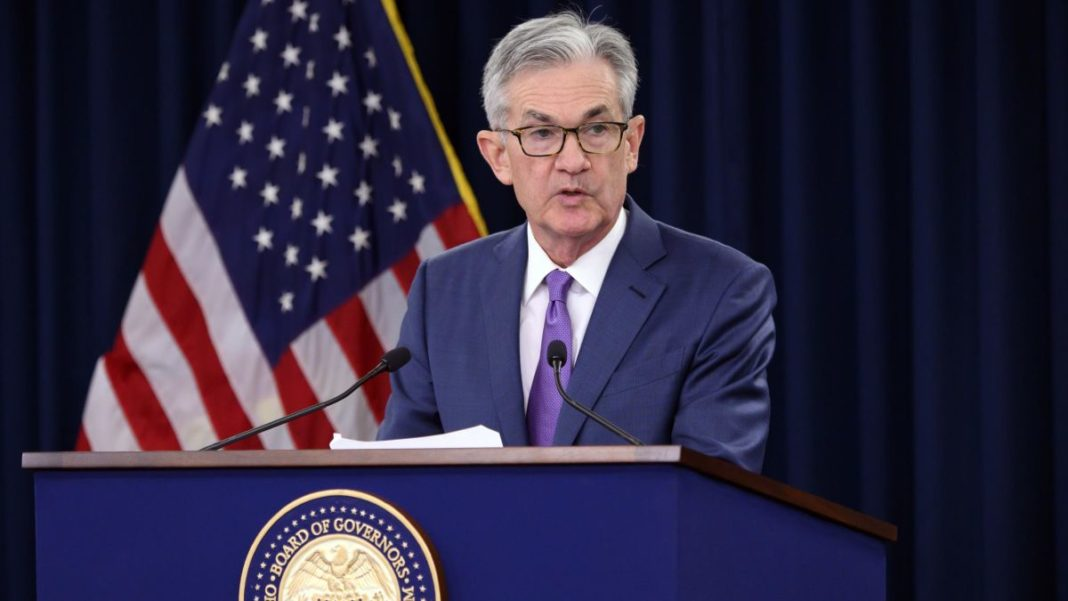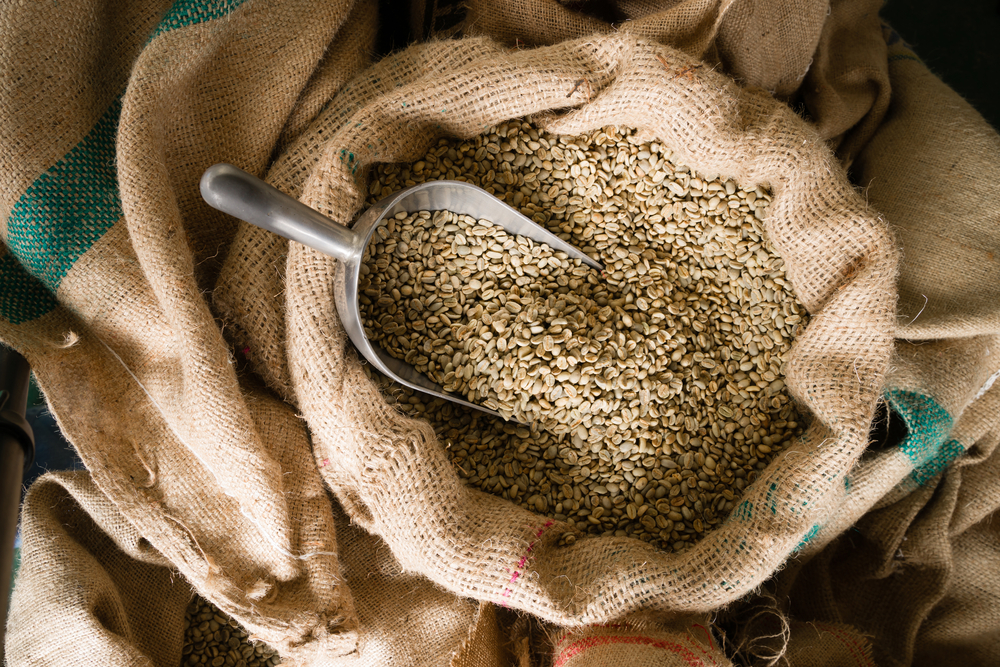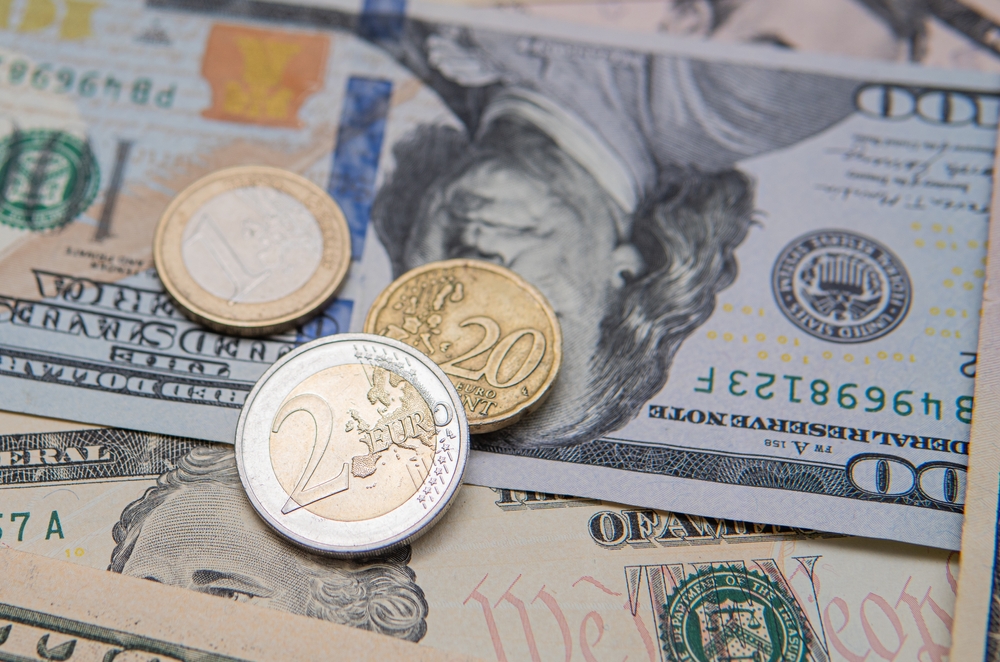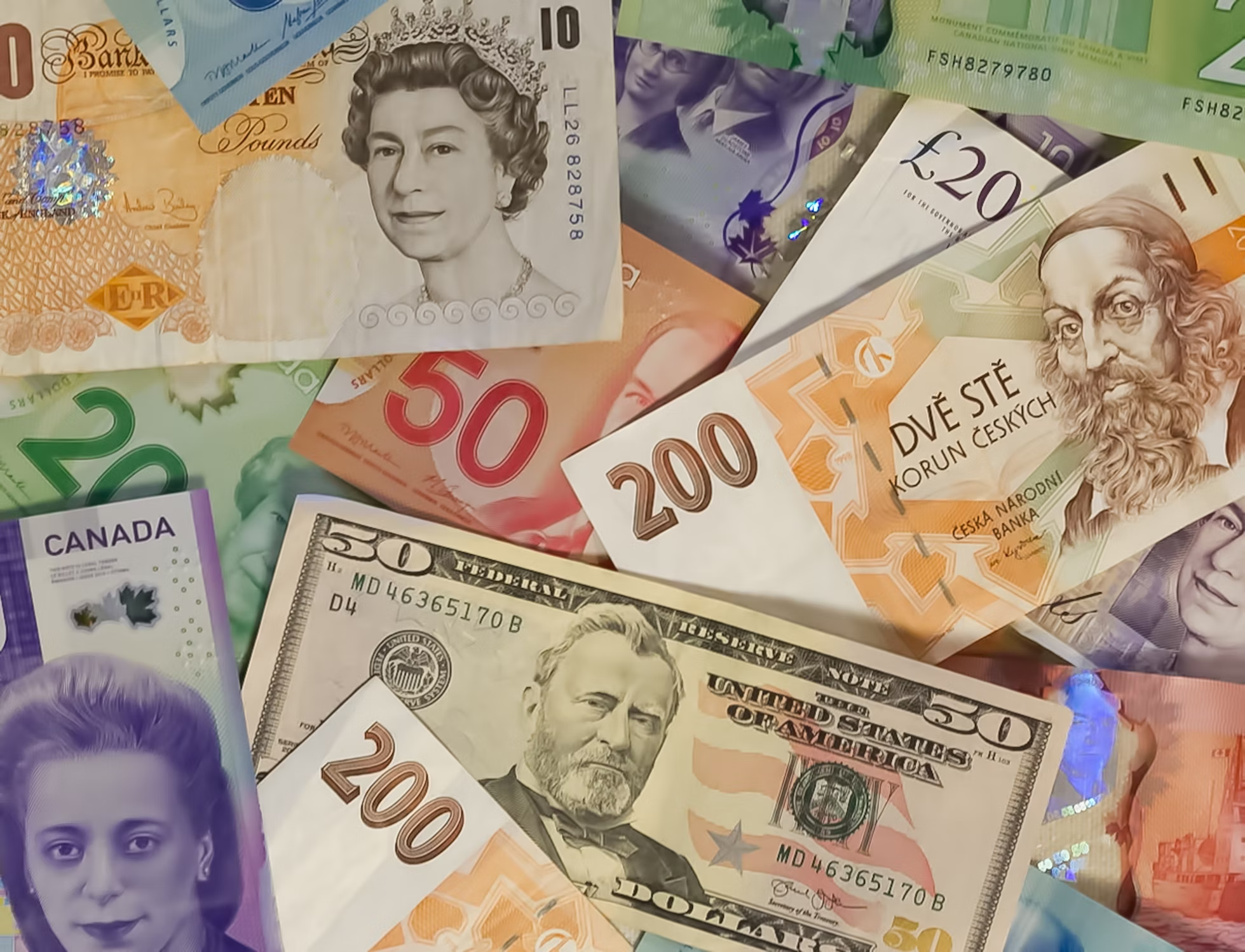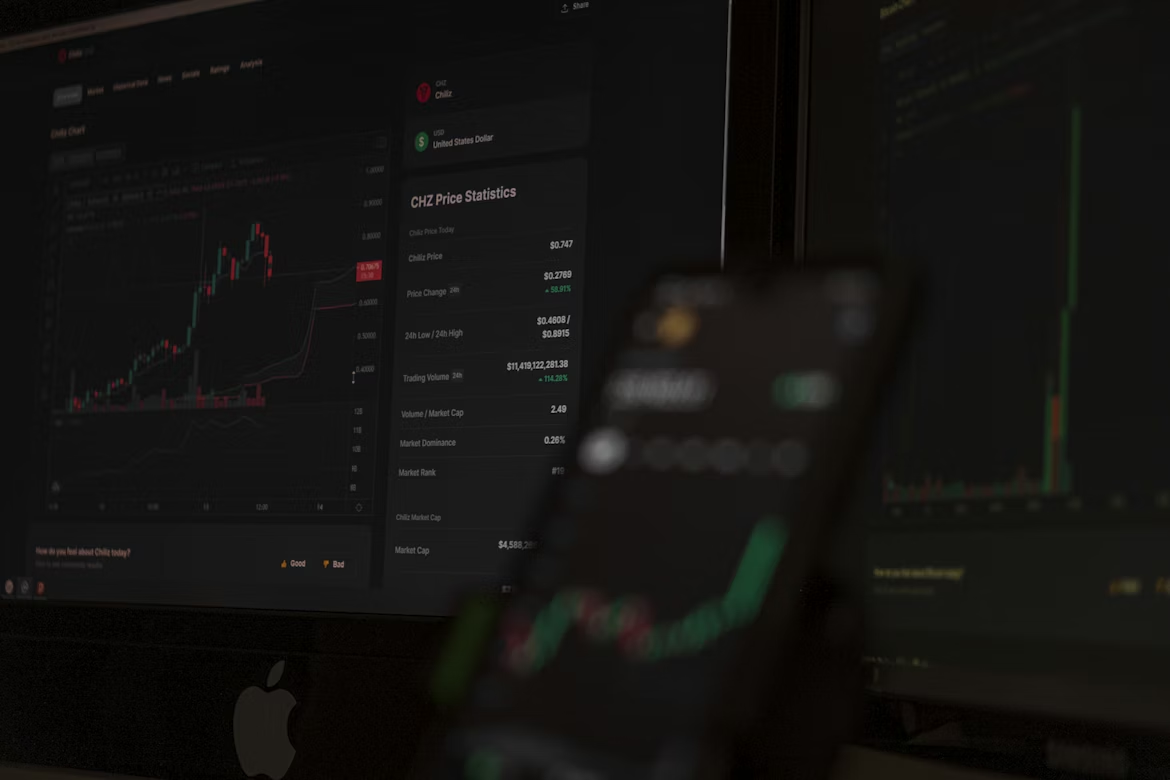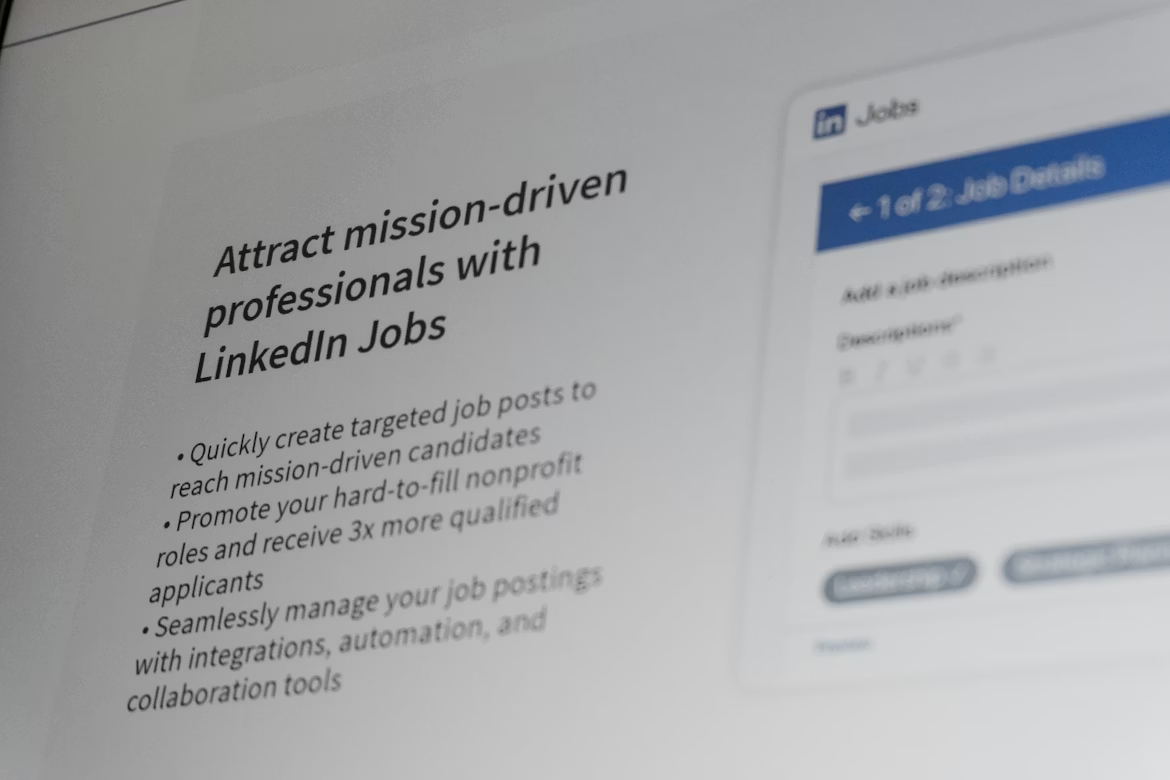Central banks are getting ready to shift gears in 2025, with both Europe and the UK looking to cut rates as inflation pressures cool down. The ECB plans to lower rates four times this year, bringing them down to around 2.2-2.8% by summer from the current 3% level. Things aren't moving quite as quickly in the U.S. with 256,000 new positions added, which has made investors reconsider how soon the Federal Reserve will start cutting rates. UBS analysts think there's still room for the Fed to cut rates by half a percentage point later in 2025, but they'll need to see inflation settle down first. Over in the UK, higher government borrowing costs are putting pressure on the economy, making UBS confident that the BoE will start cutting rates as soon as February.
EQUITY
The week opened with the Dow gaining over 350 points while the Nasdaq dipped as the market turned from tech to non-tech sectors once again. This move comes as bond yields continue to rise and a stronger jobs report last week suggests the Federal Reserve may delay rate cuts. Investors are now looking ahead to the CPI report and the start of earnings season, with major banks set to report on the 15th and 16th. Notably, stocks like CVS receive upgrades from Wells Fargo, while Moderna crashes and falls after it reduced sales forecasts.
GOLD
Gold prices have taken a hit late last week after a strong U.S. jobs report pushed the dollar to its highest point in two years. However, the decline also reflects some profit-taking after a strong week for the precious metal. Gold remains an attractive option given the risk around Trump's tariff plans. Investors are now closely watching U.S. inflation data, jobless claims, and retail sales for clues on the Fed's next moves to determine gold prices, which are currently going into consolidation.
OIL
Oil prices are ripe for profit-taking after reaching a five-month high as new U.S. sanctions on Russia's oil exports tighten the supply chain. The sanctions target major Russian producers like Gazprom Neft and Surgutneftegas, along with over 180 vessels in Russia's "shadow fleet," which could remove up to 800,000 barrels per day from the market. This squeeze on supply is forcing key buyers like China and India to seek alternatives, likely turning to the Middle East for crude. Analysts predict Brent crude will be $85 per barrel, though the actual impact may be mitigated as traders find ways to circumvent the sanctions compiled with weaker demand from China.
CURRENCY
The U.S. dollar’s pulled back after hitting a two-year high with strong job data backing the fewer rate reductions expected. Treasury yields opened lower, possibly returning to normalcy after it climbs higher than the Fed would like. China’s yuan has found temporary support from government measures, but tariff threats limit gains. As inflation data takes centre stage, traders are bracing for higher inflation as most commodity prices rise along with the dollar last month.

